Islands (New Zealand)
Where can I find information about New Zealand islands?
(Years 7-10)

Image: Rangitoto Islands by LawrieM on Wikimedia Commons
Entry last updated: 10/07/25
Introduction
Aotearoa New Zealand is mainly known for the North Island and South Island, but it is a nation surrounded by many islands. Some have interesting histories of being pā sites, mahinga kai, as well as prisons, quarantine stations and leper colonies. A few islands have become sanctuaries, safe from harmful predators, where native species can be protected.
Well-known New Zealand islands
Here are some of the more well-known islands of New Zealand, along with some interesting facts.
Rakiura | Stewart Island: The third largest island of New Zealand, located just south of the South Island. Because it still has most of its natural forest cover, and has few introduced predators, it is a safe habitat for native birds.
Chatham Islands | Rēkohu | Wharekauri: A group of islands about 800km to the east of the South Island. The Moriori are the indigenous people of the islands, who have their own language and culture. Rangitoto Island: An island in the Hauraki Gulf near Auckland. The youngest volcano in New Zealand at 600 years old. Has many traditional Māori stories surrounding it and is now popular for both tourists and locals.
Ruapuke Island: A site of several shipwrecks in Southern New Zealand. It once had a Māori population of about 200, but is now uninhabited.
Mokoia Island: Found on Lake Rotorua, it is the location of one of New Zealand’s most famous love stories, the story of Hinemoa and Tūtānekai. It is sacred to local Māori, and access to the island is limited.
Kawau Island: An island in the Hauraki Gulf. For around 300 years the island was inhabited by Māori. Briefly abandoned after the musket wars. Māori returned in the 1830s. Copper was mined on this island from 1844 until June 1852, which was one of New Zealand’s earliest mining ventures.
Kermadec Islands: At the northernmost part of New Zealand, this is a group of small subtropical volcanic islands uninhabited by humans but set up as a nature reserve. Some of the volcanoes are still active.
Ōtamatua | Quail Island: Found in Lyttelton Harbour, this island was used as a mahinga kai, or food gathering site, for Te Hapū o Ngāti Wheke. After colonisation, the island was used to quarantine people. This helped stop the spread of diseases such as diphtheria and influenza. It was also used as a leper colony. The island became a recreation reserve in 1975.
Kāpiti Island: Lying off Wellington’s western coast opposite Paraparaumu, it was once the stronghold of the Ngāti Toa tribe during the 1820s and 1830s, when Te Rauparaha made it the centre of an extensive empire.
General information and history
There are some great websites about the history and culture of different New Zealand islands, including the impact humans have had on the environment. If you are looking for facts or pictures the following websites will help as well.
Te Ara: The Encyclopedia of New Zealand
Te Ara is an excellent starting point for all questions about Aotearoa New Zealand. If we look down to the bottom of the page, we can see that the website belongs to the Ministry for Culture & Heritage, so the information is well-researched and reliable.
Te Ara has two different categories for islands. Nearshore islands are islands that are within about 50 kilometres from the mainland, and offshore islands are further away.
To find information about offshore islands:
go to the Sitemap
look for Section: Places, and
choose Offshore islands for information about the Chatham Islands, Kermadec Islands, and Subantarctic islands.
This has lots of information, including facts on the Moriori of the Chatham Islands, who developed their own distinct culture and outlawed war and killing.
To find information about nearshore islands, including the different groups of people who would live on these islands, and what the islands have been used for over the years:
go to Topics
from the list, choose Geography, and
select the story Nearshore Islands.
Tips: We like sites like this because they’re reliable. You can tell because of their web address – they have either .govt or .ac, meaning they are from government or educational organisations. They’re also New Zealand sites, so relevant for us.
This website has been put together for tourists coming to New Zealand to help them with their travels and showcase this beautiful country. You can find some good information on Islands in New Zealand.
Enter the keyword ‘islands’ into the search box. This will bring up lots of results including this page on Islands.
Or you could enter the name of a specific island into the search box.
Tips: Websites that have .com or .co in the address can have good information, but you need to assess how reliable it is. Check the About us link on the website, if you can find one. That can tell you what the company’s mission and values are.
NZ History is a great website for information about Aotearoa New Zealand. If we go all the way down the page we can see that the website belongs to the Ministry for Culture & Heritage, so the information is well-researched and reliable.
For this site it is best to search for specific islands, to do this:
Find the search bar at the top of the page.
Enter your keywords eg Ruapuke Island.
Choose an article to read.
Tips: Search words, or keywords, are the most important words in our question. You can leave out small words like ‘the’ and ‘of’ and just choose the main ones, eg history Quail Island. We can always change our keywords or add more if we need to.
DigitalNZ is a search site that focuses on all things New Zealand. Here you can find digital collections (newspapers, articles, audio, videos and more) from libraries, museums, galleries, government departments, the media, community groups and others. It's a great place to look for pictures!
To search, enter your keyword into the search box. Your keyword could be the name of the island you are researching, like 'Kermadec Islands'.
You can also change the date of your results to find more historical things.
To do this, select Decades, choose which decade you would like to search, then select Apply filters.
You can also can narrow your results down to different types, for example images, audio or videos.
Try using the keywords 'New Zealand islands'.
Next, choose Videos along the top of the page.
Here you will find a lot of different videos, including this interesting black and white documentary made in the 1960s called Looking at New Zealand - White Island.
Tips: Websites that have .org or .net in the address can have good information, but you need to assess how reliable it is. Check the About us link on the website, if you can find one. That can tell you what the organisation’s mission and values are.
This database is where to find the archive, which means all the old copies of, the New Zealand Geographic magazine. It is a good site if you are searching for information on specific islands.
To search this site, enter keywords into the search bar. For example, enter the keywords ‘Quail Island’.
This will bring up a number of results including this great article called The Ghosts of Quail Island.
It talks about geology, history, conservation efforts, and the island's use as a recreational reserve. It also shows some great images that go along with the story.
Tips: To use the EPIC resources, you need a password from your school librarian. Or chat with one of our AnyQuestions librarians to help you online. Some EPIC databases may also be available through your public library.
Australia New Zealand Reference Centre Plus
This database contains lots of news articles, magazine articles and more about lots of different New Zealand topics.
Use the basic search box to enter your keywords, for example 'Rakiura'.
You can add more keywords to make your search more specific, for example 'Rakiura birds'.
Remember that many islands have more than one name, so try their different names in your search as well, eg try 'Stewart Island' instead of 'Rakiura'.
Tips: To use the EPIC resources, you need a password from your school librarian. Or chat with one of our AnyQuestions librarians to help you online. Some EPIC databases may also be available through your public library.
Conservation
Many of New Zealand's islands have been damaged by introduced pests and plants. This has had a major effect on the ecosystems of native flora and fauna. To help solve these problems, projects have been set up to get some islands back to their original pest free glory.
The Department of Conservation (DOC for short) is the government organisation that helps to preserve the natural and historical sites of New Zealand. You can see it’s a government site by looking at the About us link at the top of the page, and by the .govt in the web address.
You can search using the keyword ‘islands’, or keywords for a specific island such as ‘Rangitoto Island’.
If you use the keyword ‘islands’, you will find this interesting page about Visiting pest free islands.
Forest and Bird is an independent conservation organisation in New Zealand. They have lots of information about their conservation work on their website.
To find out about conservation on islands, enter 'island' into the search bar at the top of the page.
You can also use more specific keywords like the name of an island, eg 'Motiti Island'.
If you put quotation marks around your keywords, eg "Motiti Island", this website will search for that as a phrase, and you will get more specific results.
Tips: Websites that have .com or .co in the address can have good information, but you need to assess how reliable it is. Check the About us link on the website, if you can find one. That can tell you what the company’s mission and values are.
Island Conservation - Auckland University
This website is set up by a group of researchers at Auckland University who are looking at island conversation in New Zealand. They have put together a list of news articles that mention island conservation.
To find it, select Media along the top of the page.
Then you can choose the headline you are interested in.
Tips: These links will lead to a lot of different news organisations, so don't forget to check the About pages on their websites, to find out more about the mission and values of the websites.
Pūrākau
If you're looking for information about pūrākau, or myths and legends associated with different islands, have a look at these resources.
Ngā Pou Taunaha o Aotearoa | New Zealand Geographic Board
This section of the Toitū Te Whenua | Land Information New Zealand website is for New Zealand's place naming authority. They have a downloadable resource with stories about how places were named across Aotearoa.
Look down the page for the link to Place name stories.
Then choose A Māori Oral History Atlas.
Select the link to download He Korero Pūrākau mo Ngā Taunahanahatanga a Ngā Tūpuna, Place Names of the Ancestors.
Many of the stories mention islands and also where the Māori names for islands came from.
You can find an index of all the places and people mentioned on the last few pages of the book.
Tips: If you're using a keyboard, you can use the CTRL and F keys to find and highlight specific words within the pdf. For example 'islands' or 'Ahuahu'.
Not just a great website for tourists, this site has useful information on New Zealand, including Māori pūrākau.
By typing in the keywords 'islands legends' you will find the page Pūrākau - Māori Legends.
Look through the legends listed to find links to The legend of New Zealand and Hinemoa and Tūtānekai.
Books
There are lots of books you can use to explore this topic. These are just a few examples - check your local school or public library to see what they have.
Maori legends of the land : Maori tales and traditions by Pita Graham
Islands : a New Zealand journey by Bruce Ansley
Rangitoto : te toka tu moana = the rock standing in the ocean by Maria Gill
The shaping of New Zealand by Brian O'Flaherty.
Ahuahu : a conservation journey in Aotearoa New Zealand by D R Towns
Hinemoa rāua ko Tutanekai by Tui Yates
SCIS no: 1875438
Topics covered
Related content
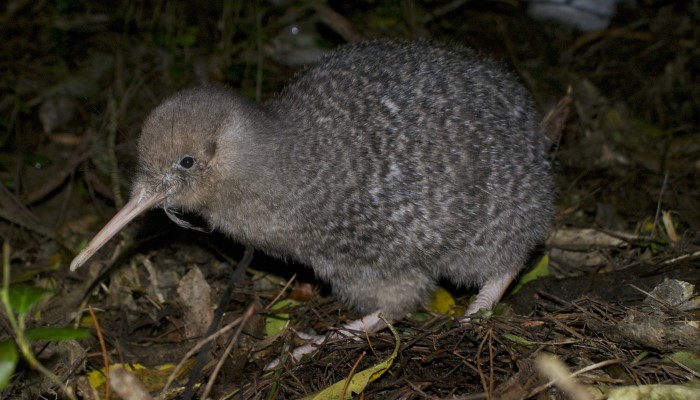
Animals (New Zealand)
Where can I find information about animals in New Zealand?
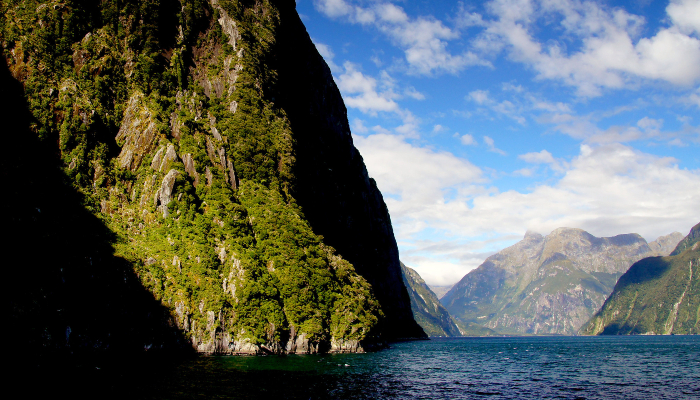
Conservation (NZ)
Where can I find information about conserving the natural environment in New Zealand?
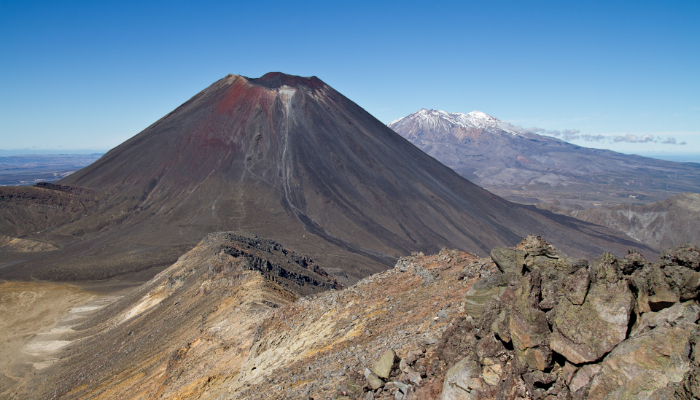
Volcanoes (NZ)
Where can I find information about volcanoes in New Zealand?
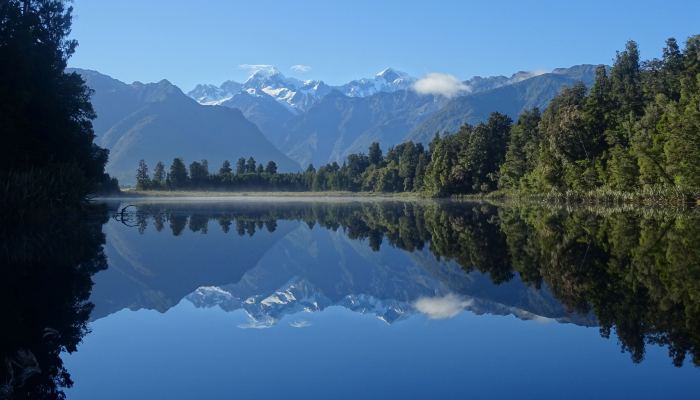
Lakes (New Zealand)
Where can I find information about lakes in New Zealand?
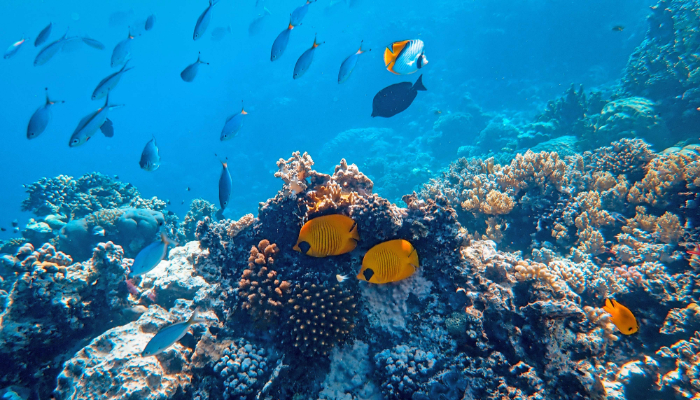
Oceans
Where can I find information about oceans?

Forests (New Zealand)
Where can I find information about New Zealand forests?
